Another beautiful day in Chamela. We started our day at 7:30am with a hearty breakfast of beans, potatoes, and fresh fruit to fuel our bodies for the day. After breakfast, we were given time to work on our Chamela research projects. Our group, Zumbardor Mehicano (including Kayleigh, Darcey, and Yanet) is recording food preference of leaf cutter ants. We walked around the station and surrounding forest area in search of leaf cutter ants. Once we found the long lines of individuals typical of the species, we followed them back to the tree on which they were feeding. We identified these trees based on their bark and with the help of a new field guide thatcher’s Dr. Lougheed purchased for the course. To determine if the ants were selecting for specific tree species, we set out a 5×5 quadrat and counted up the total number of trees (all barked vegetation) versus the number of those being fed on. Following the ant hunt, our group decided to go for a hike down the main trail. Along the way, we saw a variety of wildlife – many birds, lizards, and insects. We finished our hike and took some time to rest and do school work before lunch. During this time, Steve and Javier were busy looking for snakes and other creatures to show us. They were able to wrangle up a tailless whip scorpion (Acanthophrynus coronatus), a Mexican mouse opossum (Marmosa canescens), and a large blue and yellow centipede (name). Everyone was amazed at the remarkable species that have never been seen by us northerners. We were able to take some ‘snaps’ before releasing them all back into their habitats. As Darcey was trying to get a good portrait shot of the mouse opossum, the little creature leaped onto her camera and we all got a good laugh out of that. At 2:30pm, we were treated to a wonderful lunch of rice, salad, and mole chicken (mole a sauce that contains peppers and chocolate) or a stuffed pepper for the vegetarians/vegans. Afterwards we were given some much-needed time to do more school work in an air conditioned class room. Some of us choose to go on a walk with Steve, Javier, and Evelyn down the main road to see what we could find. We were able to see some beautifully coloured parrots and parakeets flying through the sky with their vibrant green feathers. We returned from our walk sweaty and ready for some food. We had some time until dinner to wash-up, do more work, and soak in the splendour of Chamela. Dinner was served at 8pm, where we ate crunchy tortilla shells with assorted toppings. Once we were finished dinner, we all headed down to the library to listen to Yanet’s presentation on the effects environmental stress in birds. It was very informative and we learned a lot about studies being conducted in nearby Mexican universities. Having exhausted our bodies and our brain’s now overflowing with information, we were all ready to hit the hay. We are very eager for the remainder of our trip. We have learned a great deal and have had amazing experiences beyond our expectations.
- Banded desert centipede (Scolopendra polymorpha)
- Mottled owl (Strix virgata) above the residences at Chamela
- Malachite (Sipropeta stelenes) remarkably cryptic against the faded brown and green foliage of the seasonally dry forest at Chamela
- Tailless whip scorpion (Acanthophrynus coronatus) looking all cuddly and ready for a hug
- Beautiful little Mexican mouse opossum (Marmosa canescens)
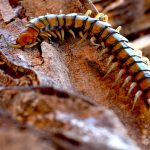

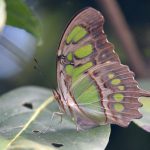
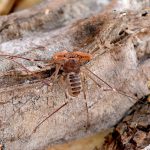
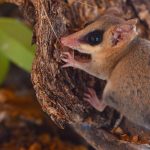
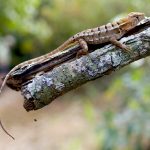

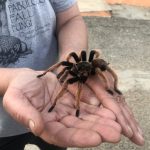
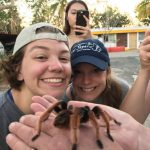
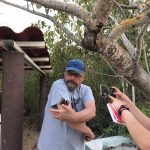



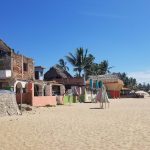


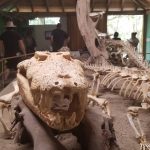


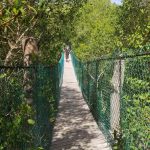

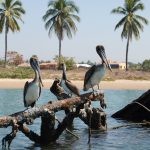
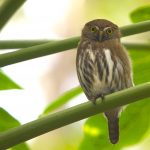
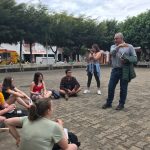
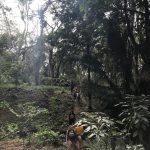
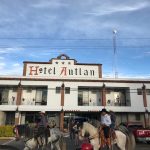
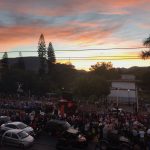
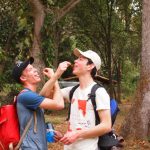
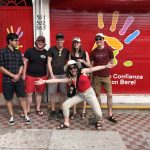


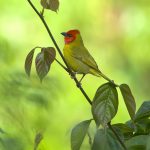
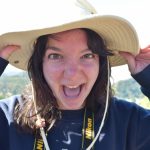
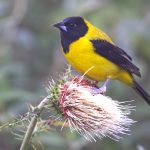
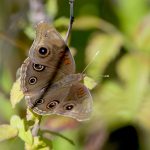
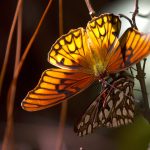
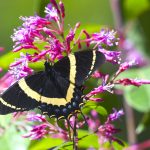
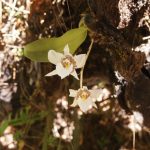
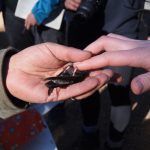
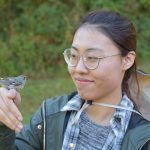
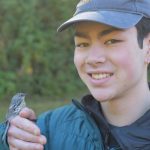

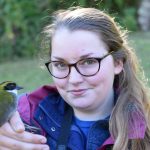
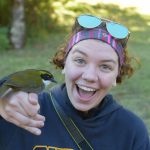

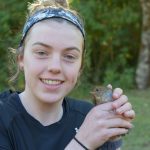
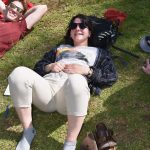
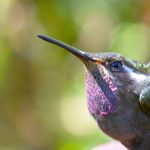
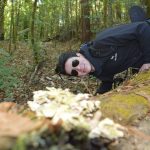
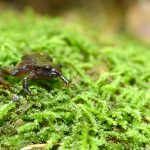
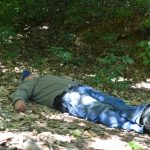
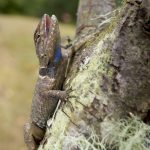
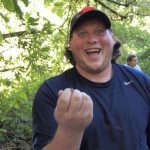
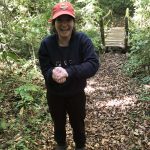
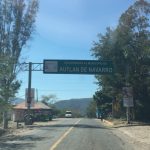
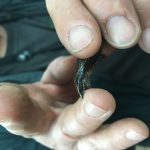
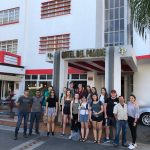
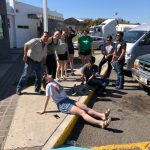
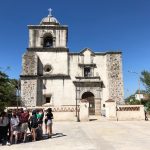
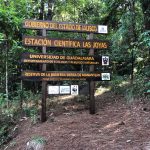
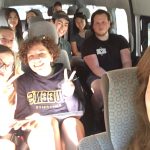
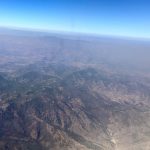
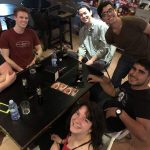

Recent Comments